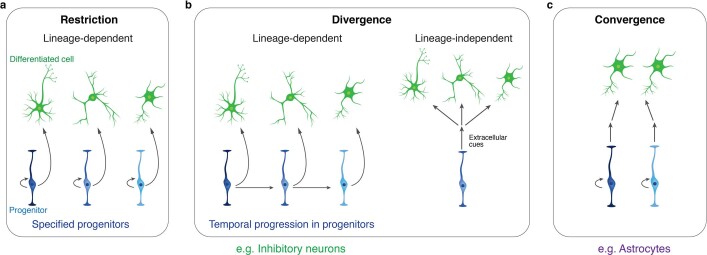Extended Data Fig. 10. The contribution of lineage to the generation of cell diversity.
Schematic illustrating different scenarios of how cellular diversity could arise in the brain. Different cell types could arise from specified or fate-restricted progenitor cells (a), or be born sequentially from a common pool of progenitor cells (b, left). Such lineage-dependent processes suggest that cell-intrinsic mechanisms or local cues at the mitotic progenitor level, determine the fate of newborn cells. As another option, lineage-independent mechanisms such as extracellular induction, activity-dependent processes, or stochastic regulation (b, right) could drive the differentiation into different subtypes. Lineage-dependent and independent mechanisms are not mutually exclusive. c) Convergence is the process by which similar cell states arise from different lineages.

